Indira Gandhi International (IGI) airport in Delhi may expand to operate two international terminals soon. Terminal 1 (T1) is expected to be completed this year after facing major delays in renovation due to the Covid-19 lockdown and restrictions. Media reports expect T1 to offer domestic flights and allow international airlines to operate soon. IndiGo has asked Delhi International Airport Ltd (DIAL) to offer international services in T1, which is being renovated under the GMR Group.
IndiGo has reportedly asked DIAL to allow the airline to operate internationally from T1. The airline currently flies out of all terminals and according to an aviation report shared by the Directorate General of Civil Aviation in April, the flight makes up the majority of the market share at 57.5%. The airline expects to cross the 10-crore passenger mark (domestic plus international) in the fiscal year 2023-24 and enter the league of the world’s biggest airlines by passenger volume. IndiGo operates around 310 planes and expects to double its fleet count before 2030. The Tata Group has also recently ordered 470 planes, indicating significant airline expansion plans.
According to the Times of India, a source from the airport stated that air travel has picked up significantly and passed pre-pandemic levels. While T1 will stick to the original completion plans to avoid any further delays, the source stated that clearance from multiple government agencies will be sought to discuss the potential of adding the facilities required for international services.
Going by the expansion plans revealed by the GMR Group, renovations are expected to be completed by September of this year, with upgraded facilities to manage higher passenger numbers and increase the infrastructure and service quality of the terminal. The area of the terminal is expected to increase from 60,000 sq metre to 169,000 sq metre, with entry gates expanding from 8 to 13. Vast space for parking, VIP lounges, a modern food court, and better use of space for movement within the airport are all part of the renovation plans.
Upon completion of phase 3A, the airport will be able to handle 100 million annual passengers. Budget carriers are increasingly operating international flights, particularly out of Delhi, and a dedicated terminal that can handle domestic and international operations would be far more convenient for such airlines and their passengers.
Transitioning of the Terminals
It is expected that Terminal 3 of the IGI Airport will eventually be used for Tata Group airlines, including Air India-Vistara and AI Express-AirAsia India, combined, as well as foreign carriers. T1 will handle flights of low-cost carriers, including IndiGo, while T2 will be designated for full-service carriers' domestic flights. This would help minimise confusion and inconvenience for passengers who may otherwise need to travel between different terminals.
Transitioning between different terminals is currently a significant pain point for passengers, as there are no automated people-mover systems like an air train to smoothen the process. The expansion of Terminal 1 is a reflection of the growing demand for air travel in India, which has rebounded strongly since the pandemic.
Interestingly, Terminal 2 was initially built as an international terminal for Asiad in 1982 and played that role until the opening of T3 in 2010. Since then, it has mainly been used for domestic operations and is expected to continue serving domestic flights until a new terminal is built.
Terminal 3 expansion
Phase 3A expansion work is underway at the Indira Gandhi International Airport (IGIA), operated by Delhi International Airport Ltd (DIAL). "Post completion of Phase 3A expansion work scheduled in 2023, Delhi airport will become the only Indian airport whose terminals would be able to handle 100 million passengers per annum (MPPA)," it said in a release. The new expansion area will be around 3,000 sqm, with 7 F&B counters, 10 check-in counters, 15 frisking booths, and 8 X-ray machines. This will help decrease waiting time and help more passengers, said officials. The project being executed by L&T is worth an estimated USD 850 million and will also see a fourth runway measuring around 4,400 meters long and 75 meters wide, developed during the second phase of expansion.
The airport offers connectivity with more than 142 domestic and international destinations. From April 2022 to February 2023, the airport handled more than 14.50 million transfer passengers (hub traffic), including more than 3.37 lakh international to international transfer passengers. Currently, 63 airlines operate out of Delhi Airport.
Passenger Traffic Up By 95%
Post Covid, the Delhi International Airport has seen a 95% uptick in passenger load — from 5.02 lakh in March 2021 to 9.83 lakh in March 2022 — according to data from officials. As per the Airports Authority of India, this year, the Delhi airport has handled passenger traffic which is 49% more than the second-largest airport in India. In 2022, the airport catered to 15 million international passengers – 27.5% of India’s total international traffic – to become the highest among all Indian airports. Over the past year, several reports of passengers have complained of crowding, congestion and long lines.
What is an Aviation Hub?
A hub requires an airport and its main airline/s be able to provide seamless transfer to passengers - something that Emirates does in Dubai, Qatar Airways at Doha, Singapore Airlines at Changi, Lufthansa at Munich and Frankfurt, and United at Newark. India is seeing the emergence of two mega airlines - IndiGo, which is already a giant, and Tata Group consolidating its four airlines under the Air India umbrella. The government plans to have IGIA as the hub airport with Air India and IndiGo as the mega carriers providing all kinds of transfers - domestic to domestic, domestic to international, international to domestic and international to international.
However, this will require automatic people mover or an air train connecting various terminals - something hubs like New York JFK, Dubai, and Zurich have - to ensure passengers can seamlessly transfer between T1 on one side and T3/2 on the other. Work on this is yet to begin. Even at present clocking almost 7 crore passengers annually, transiting between T1 and T3/2 is a pain for IGIA flyers. The proposed air train is hugely delayed with no headway so far.
"(Direct) connectivity from IGIA is well spread across (North) America, Europe, Australia and Asia. Supported by 63 trusted airlines, it provides direct connectivity to places like New York, San Francisco, Newark, Chicago and Washington in North America," DIAL said.
Read next
Jet Airways Lenders Get 30 Days Extension From NCLAT to Make Payments to Lenders
Radhika Bansal
27 May 2023
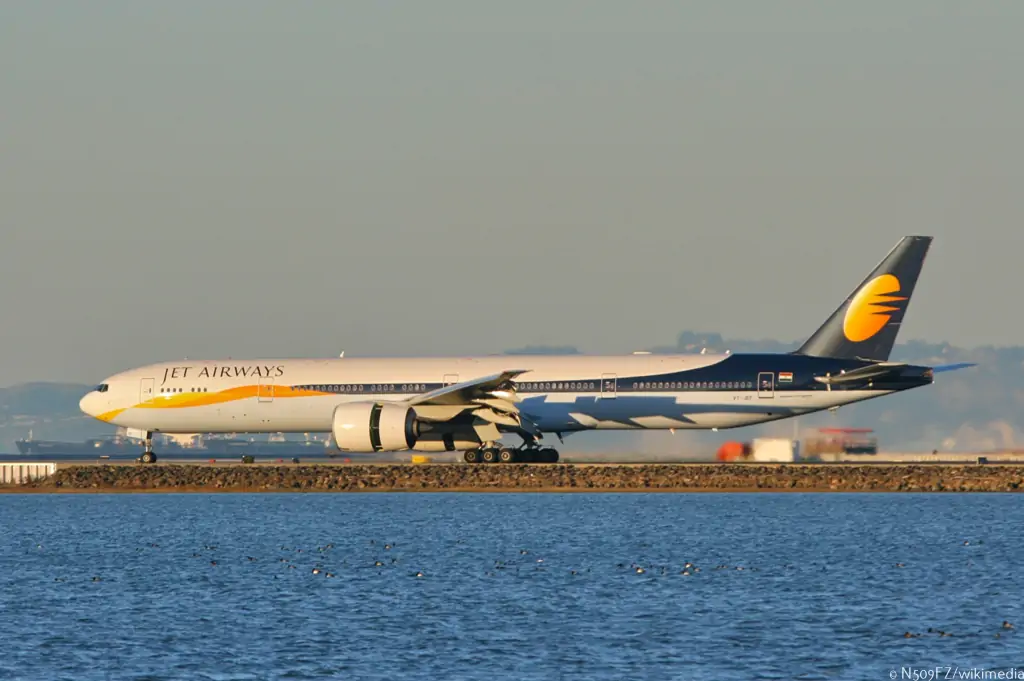
As per the latest developments in the Jet Airways insolvency case, the National Company Law Appellate Tribunal (NCLAT) has allowed a three-month extension to Jalan Kalrock Consortium (JKC) to make payments to lenders one of them being The State Bank of India as per the approved resolution plan. JKC had earlier expressed interest in relaunching the airline.
NCLAT restrained lenders from invoking bank guarantees provided by JKC. As per the earlier effective date of November 16, JKC was expected to make payments before May 15. NCLAT has exempted the period between November 16 to March 3 from the 150-day window for payment. Hence, the extension to JKC.
The NCLAT also criticised SBI for threatening to invoke bank guarantees instead of cooperating with JKC to implement the resolution plan. It noted that performance bank guarantees can be invoked by lenders, but only when a successful resolution applicant has failed to implement the plan.
SBI Criticised by NCLAT
Pulling up SBI for threatening to invoke bank guarantees as opposed to co-operating with Jalan Kalrock in implementing the resolution plan, NCLAT noted "Monitoring Committee (of which SBI is a part of) has to act as a facilitator for implementation of the Resolution Plan instead of finding fault and taking steps, which does not facilitate the implementation, rather delay the implementation."
The tribunal's order further notes that the time is yet to come for lenders to take coercive measures as Jalan Kalrock is still trying to implement the resolution plan. According to the order "There is no doubt that Performance Bank Guarantee can be invoked by the Lenders, but the said invocation can only take place when SRA has failed to implement the Plan. Present is a case where directions have been issued to both lenders and SRA (Jalan Kalrock) to implement the Plan and the event of failure of the Plan has not yet arrived"
The tribunal's order thus directs SBI not to invoke the performance bank guarantee. By this order, Jalan Kalrock Consortium will now get additional time to pay its dues to SBI.
On May 22, the tribunal reserved its decision on a plea by the consortium, which emerged as a successful bidder in the Jet Airways insolvency resolution process, seeking directions to stop SBI to invoke its performance bank guarantee of INR 150 crore. Even though the NCLAT's daily order sheet indicated that the order would be passed on May 30, the appellate tribunal chose to pronounce the order five days in advance.
On January 13, the National Company Law Tribunal (NCLT) allowed the transfer of the beleaguered airline to the consortium led by London-based Kalrock Capital and UAE-based entrepreneur Murari Lal Jalan. It also asked the consortium to make payments by May 15, 150 days from the initiation of the ownership proceedings, but the NCLAT exemption gives it more time.
The consortium was to make the first tranche of the payment to Jet's lenders before May 15 but it didn't and feared that the SBI would invoke the performance bank guarantee of INR 150 crore instead of INR 175 crore worth of dues.
The airline's ownership can't be transferred to the consortium if the payment is not made. The air operator's certificate of Jet Airways expired on May 19. Lenders of the airline had approached the NCLAT as they opposed the ownership transfer to the consortium. They alleged that the consortium had not fulfilled its obligations.
A refundable earnest deposit of INR 15 crore was made to the lenders in July 2020 when JKC submitted its resolution plan to lenders. The first performance bank guarantee tranche of INR 47.5 crore was deposited in October 2020 when the committee of creditors approved the resolution plan. The remaining amount of INR 87.5 crore was deposited in the second PBG tranche on May 20 last year—called the "effective date"—when all CPs were fulfilled.
Jet Airways was grounded in April 2019 over growing losses and a debt of about INR 8,000 crore. In October 2020, the airline's Committee of Creditors (CoC) approved the revival plan submitted by the Jalan-Kalrock consortium. Jet Airways suspended all its operations leaving its almost 22,000 employees in the lurch.
Jet Airways' Revival Plan
Debt-ridden Jet Airways, which flew for 25 years, shuttered operations on April 18, 2019. The insolvency resolution process of the carrier began in June 2019 and the National Company Law Tribunal (NCLT) approved a resolution plan submitted by the JKC in June 2021. Last week, the Consortium reportedly approached the NCLT asking it to grant more time to pay the creditors and implement the revival plan.
In January, the NCLT approved the transfer of Jet Airways’ ownership to JKC, stating that the conditions had been met. The tribunal set November 16, 2022, as the effective date for the resolution plan. Lenders of Jet Airways had approached the NCLAT, opposing the transfer of ownership to the consortium. They alleged that JKC had not fulfilled its obligations and argued against the ownership transfer.
Jet Airways was grounded in April 2019 due to substantial losses and approximately INR 8,000 crore in debt. In October 2020, the airline’s Committee of Creditors approved the revival plan submitted by the Jalan-Kalrock consortium.
Furthermore, JKC's inability to fulfil certain AOC renewal criteria poses additional challenges. One of the major shortcomings is the consortium's lack of aircraft, a vital component for operating an airline. The absence of necessary pilots and cabin crew on the consortium's rolls further disqualifies JKC from eligibility for AOC renewal. Sources indicate that the two Boeing 737 aircraft that were leased by JKC have been reclaimed by the lessors, exacerbating the challenges faced by the consortium.
JKC missed the May 15 deadline to pay the first tranche to Jet Airways' creditors. Consequently, the consortium sought more time from the National Company Law Tribunal (NCLT) to fulfil its financial obligations. It is important to note that JKC does not yet have ownership of Jet Airways, further clouding the future prospects of the airline, and renewing this license won't be easy as the airline will have to convince the DGCA about its ability to fly which in Jet's case may not be possible as yet.
Sources also say that the Jet 2.0 team is almost deserted with no senior executive left in the airline after CEO-designate Sanjiv Kapoor quit last month. It has been nearly two years since the NCLT approved the resolution plan of Jalan-Kalrock but the airline is still far from taking off and hopes to see it in the skies again are only fading.
Read next
Envoy Air connects smaller cities and towns to major hubs as part of American Airlines' regional network. The airline has a long history of offering dependable and efficient services. Envoy Air, on the other hand, is making significant changes to its fleet composition in order to keep up with evolving marketplace requirements and improve the customer experience.
Envoy Air: Background
Before we delve into the retirement of the ERJ-145 aircraft, allow us to take a look at Envoy Air's history. Envoy Air is an affiliate airline that provides feeder flights for American Airlines under the American Eagle brand. Envoy Air, headquartered in Irving, Texas, is critical in linking smaller cities to American Airlines' extensive network.
Retirement of ERJ-145 Jets
Envoy Air, an American Airlines regional subsidiary, has announced plans to retire its remaining fleet of Embraer ERJ-145 regional aircraft. This move comes as the airline expands its operations by introducing bigger Embraer 170 and 175 aircraft.
Furthermore, the ERJ-145 aircraft have a restricted seating capacity of roughly fifty passengers. With the growing demand for regional air travel, Envoy Air recognised the need to deploy larger aircraft that could accommodate additional passengers. This change enables the airline to better satisfy passenger demand while also increasing revenue possibilities on key routes.
On May 1, it was transferred straight from Springfield, Missouri (SGF) to Marana, Arizona (MZJ) after conducting a revenue trip from Chicago O'Hare to Springfield, Missouri (SGF). The great majority of Envoy E145 operations are now based at American's hub in Chicago O'Hare. Envoy-operated E145s now service a number of cities, including Toronto (YYZ), Champaign (CMI), Peoria (PIA), and Manhattan (MHK).
Transition to Larger Aircraft
Envoy Air has begun introducing larger aircraft to its fleet to meet the increased demand for regional air travel. With the arrival of Embraer 170 and 175 aircraft, the airline can boost seating capacity while preserving operating efficiency. These bigger aircraft can carry between 70 and 80 passengers, offering consumers a more pleasant and roomy flight experience.
Advantages of Larger Aircraft
Envoy Air will benefit from the addition of bigger aircraft in various ways. To begin with, higher seating capacity helps the airline convey a greater number of passengers, which increases revenue generation. Envoy Air can boost load factors and overall profitability by carrying more passengers.
Envoy Air's Implications
The retirement of the ERJ-145 fleet and the shift to larger aircraft will have various consequences for Envoy Air. For starters, it prepares the airline to compete more effectively in the regional aviation sector. Envoy Air may differentiate itself from the competition and attract more consumers by increasing seating capacity and improving passenger comfort.
Conclusion
Envoy Air's decision to retire its Embraer ERJ-145 regional jet fleet in favor of bigger aircraft is a significant strategic shift. The airline hopes to improve operational efficiency, handle rising passenger demand, and increase overall profitability by doing so. Envoy Air will benefit from this transformation in various ways, including higher income potential, enhanced passenger comfort, and a more sustainable business model. Envoy Air's fleet continues to evolve, allowing it to better serve its clients and survive in the competitive regional aviation business.
With Inputs form AeroXplorer
Read next
The aviation sector is exhibiting encouraging indications of revival, indicating that air traffic will significantly rebound. Packed airports and overbooked flights are clear indicators of increased demand, and this rebound has far-reaching ramifications for the industry's employment needs. As more people take to the skies, airlines and other stakeholders must guarantee that they have an appropriate number of personnel to meet the increasing demand. Flydubai is one such example, with Flydubai, an airline presently on a massive recruiting frenzy to recruit 1,120 additional personnel in 2023.
Signs of Recovery in the Air Travel Industry
Several indicators point to the resurrection of the airline sector. Airports are becoming increasingly crowded, with lengthy queues at checkpoints and vibrant departure lounges. Furthermore, flights are routinely overbooked, making it difficult to acquire last-minute tickets. These indicators suggest a significant growth in passenger numbers as well as increased trust in air travel.
The Air Travel Industry's Workforce Demand
One of the numerous negative repercussions of the COVID-19 epidemic on the aviation sector was the large number of layoffs. Thousands of employees lost their jobs when airlines began to ground their fleets in early 2020. Now that air travel demand is recovering, the aviation workforce may be needed more than ever.
Flydubai's Hiring Spree
Flydubai, a renowned low-cost airline located in Dubai, is an excellent example of an airline taking advantage of the industry's revival. Flydubai intends to hire 1,120 more staff in 2023 to meet the growing demand for its services. The airline is working on future development, which is based on an airline that presently covers 110 destinations across the Middle East, Africa, Europe, and Asia. The airline's recruiting frenzy includes positions in a variety of areas, providing possibilities for people with a wide range of skill sets and career goals.
The massive recruiting process has already begun: since January of this year, the airline has employed 320 individuals, averaging two every day! Flydubai hopes to add 800 more members to its family by December 2023. Recruitment is open for all opportunities available in the aviation industry, from pilots and cabin crew to maintenance technicians and office-based employment.
Opportunities in the Air Travel Industry
The aviation sector provides several work possibilities in a variety of disciplines. For those interested in aviation, operational professions like pilots and cabin crew members provide an interesting career path. These positions need technical expertise, great communication skills, and a commitment to passenger safety and satisfaction.
Job Market Prospects and Future Trends
The recovery of the airline sector is projected to continue, providing major job possibilities in the following years. Airlines are going to require more personnel to fulfil rising demand as travel restrictions ease up and more people regain confidence in flying. This creates a favorable job market for aviation experts and those looking to enter the business.
Conclusion
Finally, the airline sector is seeing a tremendous rebound, as seen by congested airports, overbooked flights, and rising ticket sales. This revival has resulted in an increase in workforce needs at all levels, with airlines such as Flydubai aggressively recruiting additional staff to fulfil rising passenger demand. The sector provides a wide range of work possibilities, from operational to managerial and senior jobs. Technical expertise, leadership ability, and specialized knowledge are highly sought in this industry.
With Inputs from Zawya
Read next
The aviation industry is vibrating with anticipation as the China-manufactured COMAC C919 prepares for its maiden commercial scheduled flight. This historic achievement is vital for China's aerospace industry and establishes the C919 as a serious contender in the global aviation market. The C919 will take to the skies on May 28th under the banner of China Eastern Airlines, demonstrating China's rising dominance in the world of commercial aviation.
The History of the COMAC C919
The COMAC C919 is an outstanding feat in aircraft manufacturing. The C919 is a narrowbody aircraft built by the Commercial Aircraft Corporation of China (COMAC) to fulfil the demands of modern air travel. The C919, with a seating capacity of 150 to 168 people, is set to compete with established industry heavyweights such as Boeing and Airbus. The COMAC C919 has been positioned as the Eastern alternative to the Airbus A320-family and the Boeing 737 MAX. The C919 is suited for short and medium-haul trips.
China Eastern Airlines: The First Customer
China Eastern Airlines, one of China's premier carriers, is the first client to employ the COMAC C919 in commercial service. China Eastern Airlines, a prominent player in the global aviation business, has a reputation for offering great service and a comprehensive network of locations. Its collaboration with COMAC demonstrates the airline's dedication to innovation and readiness to accept next-generation aircraft.
Flight Information for the First Commercially Scheduled Flight
The COMAC C919's first commercial flight is scheduled to take off on Sunday, May 28th. The C919 will depart from Shanghai Hongqiao International Airport (SHA) towards Beijing Capital Airport (PEK) with the flight number MU9191. The aircraft is scheduled to depart at 10:45 Beijing time (02:45 UTC) and arrive in Beijing at 13:10 (05:10 UTC).
COMAC C919: Impact on the Aviation Industry
The COMAC C919 represents a paradigm shift in the commercial aviation sector. Traditionally controlled by established manufacturers such as Boeing and Airbus, the C919's entrance challenges the duopoly by providing airlines with a credible option for narrowbody aircraft. The C919's competitive pricing, advanced technology, and potential for localized support have piqued the curiosity of airlines all around the world.
The C919's Safety and Dependability
In commercial aviation, safety and dependability are essential concerns. The COMAC C919 is subjected to extensive testing and certification procedures to guarantee compliance with international safety requirements. The aircraft is outfitted with cutting-edge avionics, such as modern flight control systems and many safety redundancies.
Environmental Benefits of C919
The C919 excels not just in terms of safety and performance but also in terms of environmental sustainability. The aircraft has excellent fuel economy, consuming less fuel per passenger compared to its predecessors. This decrease in fuel usage correlates to decreased carbon emissions, which helps the global aviation sector reduce its impact on the environment.
C919: Future Prospects
The COMAC C919's future is bright. The aircraft production line is expanding due to an increase in orders from domestic and foreign carriers. The C919 is projected to experience quicker delivery timeframes as COMAC continues to perfect its manufacturing processes and enhance production efficiency, fulfilling the demand of enthusiastic customers.
Conclusion
The first commercial scheduled flight of the COMAC C919 represents a watershed milestone in aviation history. The C919 is intended to revolutionize the narrowbody aircraft industry, with China Eastern Airlines in the lead. The C919's sophisticated features, competitive pricing, and commitment to safety and sustainability make it an appealing option for airlines looking for cutting-edge technology and operational efficiency.
Read next
Strategic alliances are critical to extending network capabilities and boosting client offers in the ever-changing aviation sector. The signing of the Special Prorate Agreement (SPA) between TAAG Angola Airlines, Angola's national airline, and GOL Linhas Aéreas, famous for its wide domestic and international operations, recognized the potential of partnership and took a crucial step forward.
What is a Special Prorate Agreement (SPA)?
Before delving into the specifics of this collaboration, it is critical to understand what a Special Prorate Agreement (SPA) comprises. An SPA is a cooperation agreement between two or more airlines that permits them to issue tickets and split revenue on flights involving several carriers. Airlines may use SPAs to extend their networks, improve connections, and deliver seamless travel experiences to their passengers.
The Collaboration between TAAG Angola Airlines and GOL Linhas Aéreas
Angola's national carrier, TAAG Angola Airlines, and GOL Linhas Aéreas, one of Brazil's primary airlines, recently announced the signing of a Special Prorate Agreement (SPA). This historic collaboration expands both airlines' options, allowing TAAG to include GOL's routes in the Americas within its cargo network and offering. The collaboration seeks to improve connectivity, extend market reach, and boost commerce between Angola and Brazil.
Incorporating GOL's Americas Destinations into TAAG's Cargo Network and Portfolio
According to TAAG, this collaboration is especially important because of the present freight corridor between Europe and Latin America via Luanda International Airport (LAD), which encompasses documents, light cargo, mail, e-commerce orders, and more. TAAG's cargo operations currently include Angola, Mozambique, So Tomé, Namibia, Nigeria, and Kenya, as well as Europe (Portugal, Spain, France, Belgium, Germany, the Netherlands, and Italy) and the Americas (Brazil and Cuba). With the new agreement with GOL, TAAG will be able to include GOL's numerous locations.
Benefits for TAAG Angola Airlines and GOL Linhas Aéreas
TAAG Angola Airlines will profit from our relationship in a variety of ways. For starters, it opens up new markets and places that were previously inaccessible or difficult to reach. The increased network enables TAAG to serve a broader range of customers, including businesses looking for dependable cargo transportation and people planning trips to the Americas. Furthermore, the collaboration with GOL allows TAAG to improve its freight services and capabilities. TAAG can provide effective and simple alternatives for carrying products, encouraging commerce, and supporting economic growth with additional destinations and better connectivity.
Implications for the Angolan and Brazilian Aviation Industries
The Special Prorate Agreement between TAAG Angola Airlines and GOL Linhas Aéreas has far-reaching consequences for both the Angolan and Brazilian aviation industries. The collaboration not only improves connectivity but also encourages trade and tourism between the two countries.
Conclusion
The Special Prorate Agreement between TAAG Angola Airlines and GOL Linhas Aéreas is a significant step forward for both airlines and the Angolan-Brazilian aviation collaboration. TAAG improves its market reach and service capabilities by including GOL's destinations in the Americas into its cargo network and portfolio. Both airlines profit from this agreement, which allows them to expand their positions in their respective markets and contribute to the expansion of commerce and tourism between Angola and Brazil. The Special Prorate Agreement lays the path for expanded connectivity, customer experiences, and economic potential.

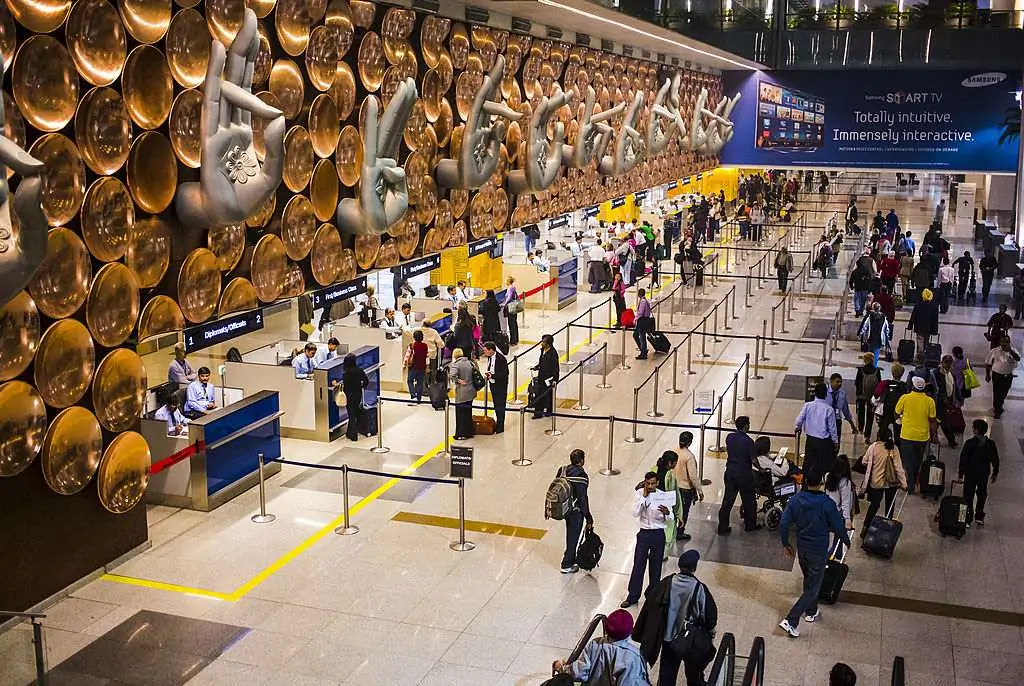

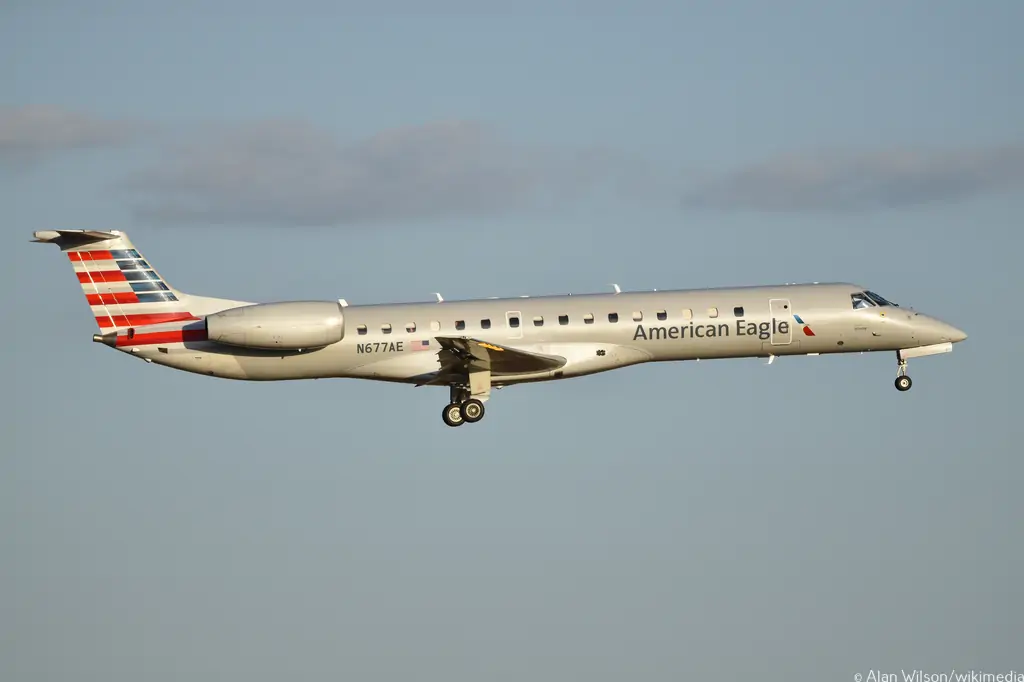
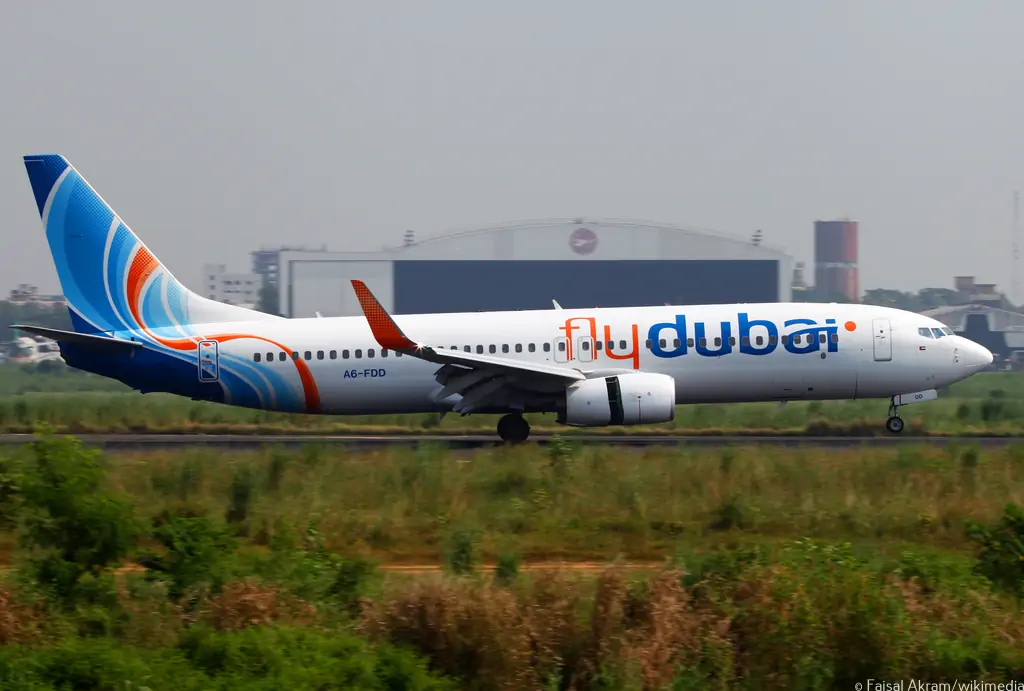
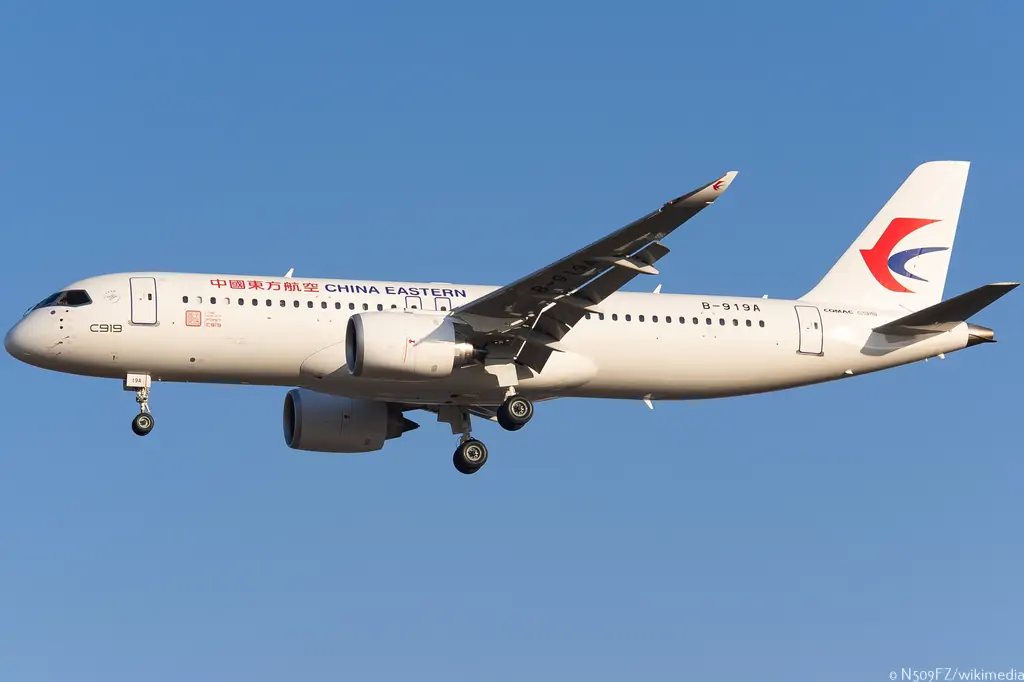
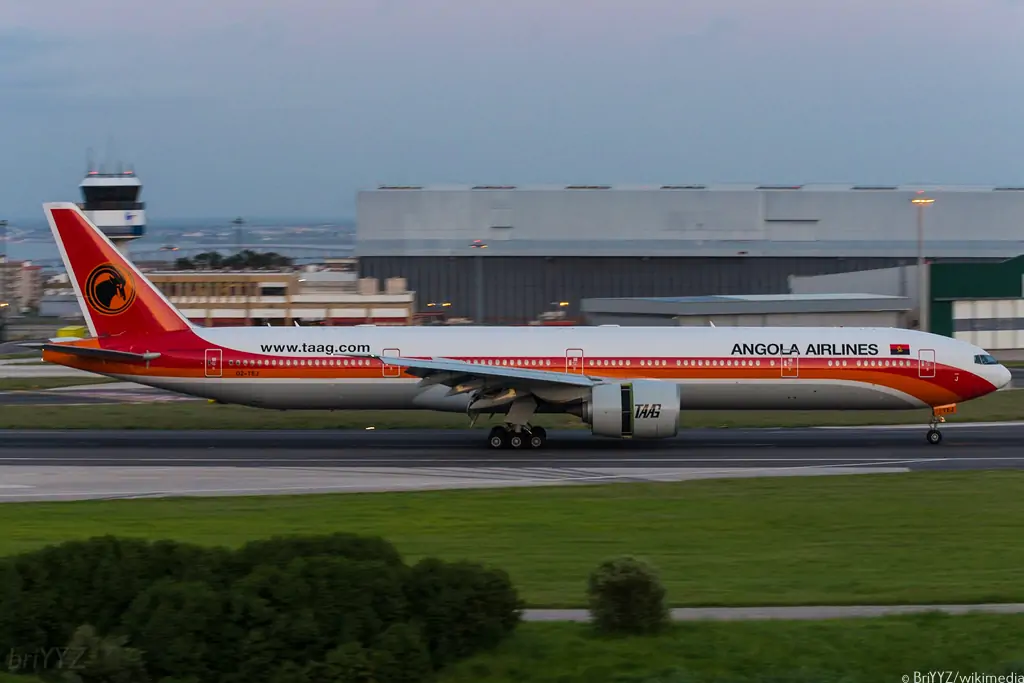
Comment